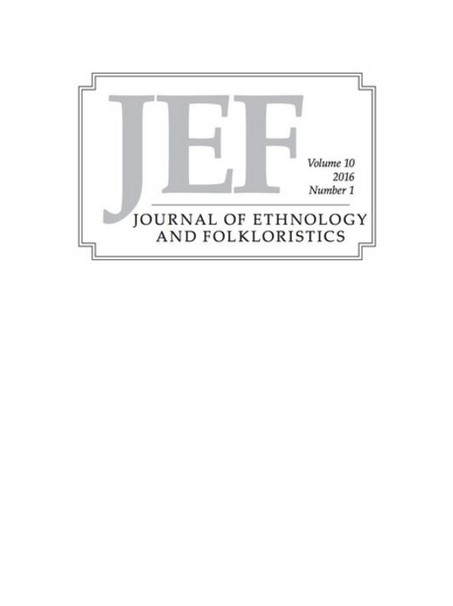Traditions and the Imagined Past in Russian Anastasian Intentional Communities
Traditions and the Imagined Past in Russian Anastasian Intentional Communities
Author(s): Julia AndreevaSubject(s): Cultural history, Customs / Folklore, Cultural Anthropology / Ethnology, Sociology of Religion
Published by: Tartu Ülikool, Eesti Rahva Muuseum, Eesti Kirjandusmuuseum
Keywords: New Age; Anastasia movement; ecovillage; intentional community; traditions;
Summary/Abstract: This article deals with the concept of tradition and the interpretation of the Vedic past in Russian intentional communities. The movement is based on the book series The Ringing Cedars of Russia (Zveniaschie kedry Rossii) by Vladimir Megre published in the 1990s. The main heroine of these books is Anastasia, who shares with the author her knowledge of the ancient ancestors. Some readers take her advice and build a new kind of intentional community – 'kin domain’ settlements (rodovyye pomestiya). The Anastasians tend to restore lost traditions, which are usually associated with Russia’s pre-Christian past. Traditional culture is understood as a conservative and utopian lifestyle that existed in the Vedic Age during the time of the Vedrus people. The commodification of local culture and tradition is one of the resources that ecovillagers try to use. The ‘traditional’ and ‘organic’ labels increase the price of many of their goods and services. One of the most popular products made by intentional communities is Ivan-chay (‘Ivan tea’), declared an indigenous and authentic beverage of the Russian people.
Journal: Journal of Ethnology and Folkloristics
- Issue Year: XV/2021
- Issue No: 2
- Page Range: 25-42
- Page Count: 18
- Language: English

